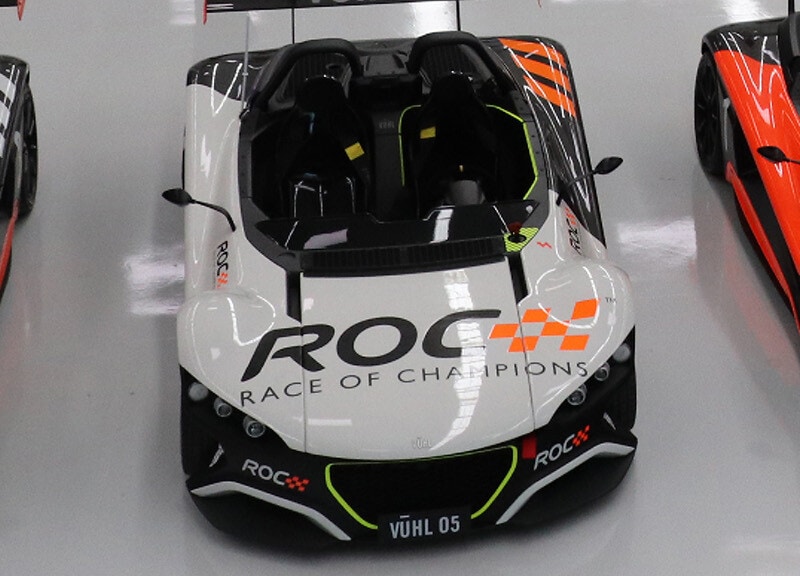
Since the industrial revolution, modern life has depended on advanced machinery to manufacture everything from textiles to steel. The advent of computer numerical control (CNC) machines revolutionized the manufacturing industry by allowing for a programmable design of virtually limitless types of shapes. Tracing the history of computer numerical control demonstrates not only its importance but also the accelerating pace of change in manufacturing.
Precursors to Numerical Controls
Early attempts at automation began with camshafts designed with ridges placed in particular points to control machine tools. The cam would turn, and the pre-arranged grooves would trigger machine controls, similar to the way a player piano operates. While this basic method was successful at repeated and unmanned performance of simple tasks (notably carving out the gun stocks that were used by both sides during World War I), it wasn’t numerical control. CNC machining uses the abstract language of numbers to allow programmable designs that can be refined or completely altered. Cams, by contrast, must be machined and are not easily altered.
The Birth of Numerical Control
John T. Parsons is credited with developing the first numerical control system. While working as a machinist at his father’s company in the 1940s, Parsons begin working on innovative ways to build helicopter rotors for the nascent aerospace industry. Teaming with Frank Stulen, the two developed a method where one machinist would read the coordinates along an x and y-axis to two other machinists who would then make the cut. From there, they teamed with researchers at MIT to develop punch cards that could be programmed with enough points to provide for fully automated machining.
CNC Machining and CAD
Computer Assisted Design (CAD) teamed up with CNC machining to further improve the advances made in the 1940s and early 50s. Again, MIT led the way by developing a programming language that would generate coordinates for machined parts automatically, significantly reducing the time needed to develop the instructions fed into the milling machine. The real advent of CNC machining came in 1959 when the MIT team successfully demonstrated an entirely automated machine that produced aluminum ashtrays. The first CAD program—the electronic drafting machine—allowed designers to ‘draw’ the desired part right on the computer interface, bypassing paper drafting. By the 1970s, CAD programs were widely in use.
In the span of a generation, CNC machining advanced to such a degree that it made possible the widespread automation of virtually any machined part of wood, stone, or metal. This has reduced time and labor costs and allowed goods to spread across the globe for a fraction of what a hand-made equivalent would cost.